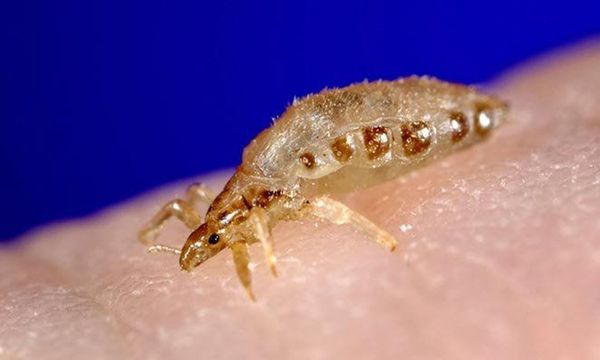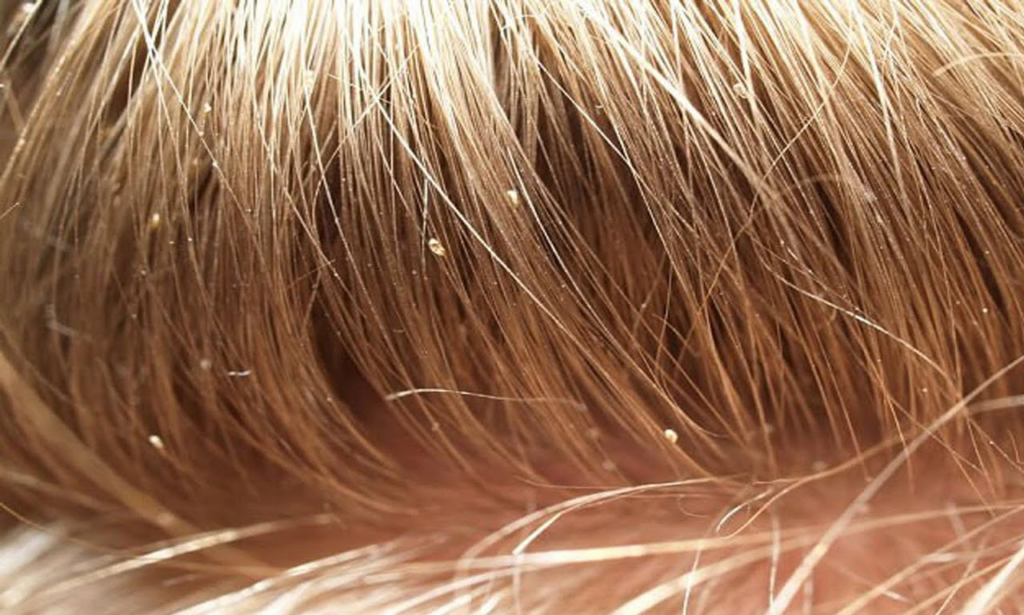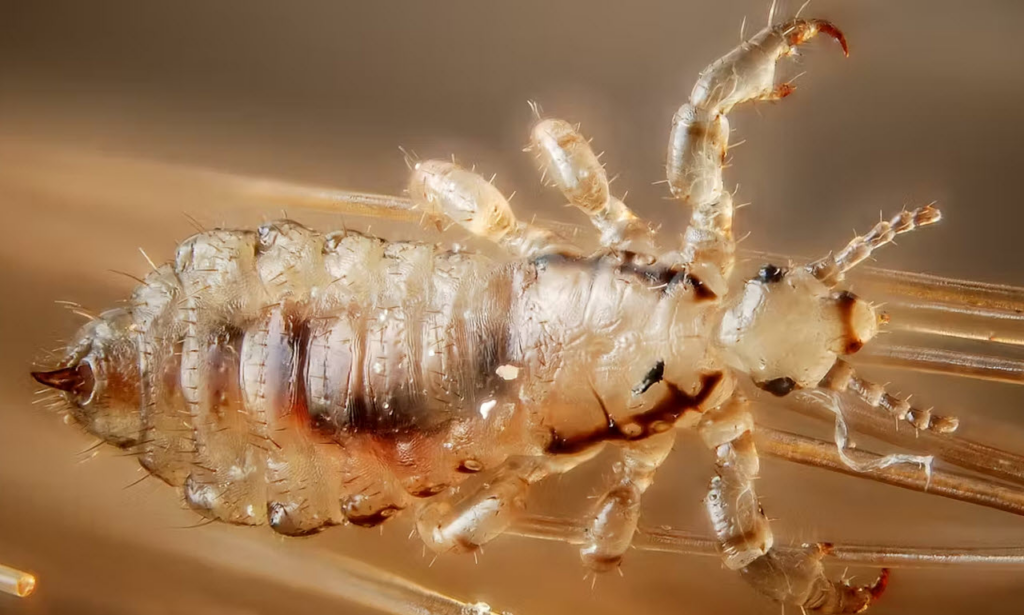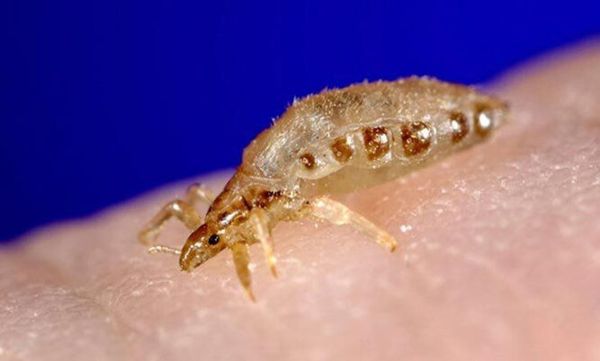We all have our fair share of things we’d rather avoid in life, and head lice probably tops that list. While we may think lice is a problem only kids face, it can affect adults too. If you’re reading this article, you understand the irritation and frustration lice can bring, whether it’s you or a little one under your care.

But fear not! We’ve got you covered with expert advice from Lena Gorelik to debunk the myths and set the record straight on these tiny critters. Let’s dive in!
What Are Lice and Nits?
Lice are minuscule wingless parasites that thrive on human blood. They start as nymphs and grow through three phases to become full-grown lice. On the other hand, nits are simply lice eggs. The female louse lays the eggs on hair shafts, using a substance that acts like cement to keep them in place. Nits stick to the hair for about eight to nine days until they hatch. The empty shells left behind are also known as nits. It’s no wonder that lice are often mistaken for dandruff.

Spotting Lice: What Do They Look Like?
A fully grown head louse is about the size of a sesame seed. Baby lice, on the other hand, are grayish-white or tan and tend to blend into the hair. After feeding on blood, their abdomens fill up, causing them to take on a brown tint.
How Do You Get Rid of Lice and Can They Jump from Head to Head?
Here’s some good news: lice cannot fly, hop, or jump. They simply crawl, spreading through direct head-to-head contact in most cases. The chances of catching lice by sharing a hair comb or brush are unlikely, but not impossible.

Where Do Lice Appear?
Keep an eye out for tiny brown, yellow, or white teardrop-shaped nits attached to the hair shaft. They’re incredibly small and can usually be found about 1/4 inch from the scalp, if present.
“A healthy louse likes its home,” Lena explains. “It clings to an individual’s hair because that is its home and it won’t willingly leave for an inanimate object. When a louse is found on an object, it is likely in the process of dying.”
Do Lice Always Cause Itching?
Contrary to popular belief, not everyone with lice experiences an itchy scalp. Lena tells us that “while most people associate head lice with an itchy scalp, sometimes head lice produce no symptoms at all. The itching is actually caused by an allergic reaction to the parasite’s saliva. Only about 60% of people will develop an itchy scalp.”
Super Lice: Fact or Fiction?
Yes, lice can become resistant to treatment if not used properly or if overused. There have been cases of “super lice” that are resistant to common over-the-counter medications. Seeking professional advice is crucial if you suspect a difficult infestation.
How Can You Get Rid of Lice Quickly?
Unfortunately, there are no magical shortcuts, but diligent nit combing with a quality comb can help. Be sure to carefully follow the instructions if using any hair products. Unless nits are thoroughly combed out, the infestation will persist.
Don’t let misconceptions and misinformation about lice overwhelm you. Armed with this expert knowledge, you are well-equipped to tackle and conquer lice once and for all!






